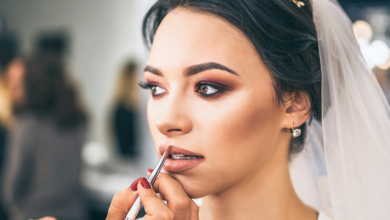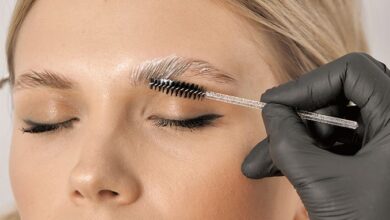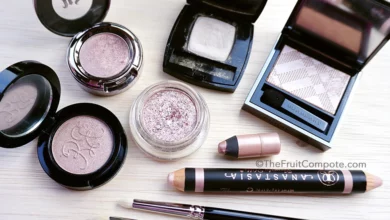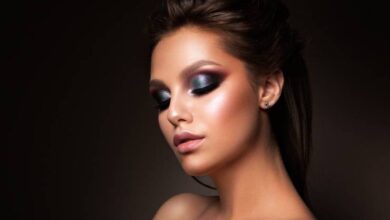
Ready to level up your eye makeup game? Look no further than stylish.ae, the ultimate destination for exploring color theory in eye makeup. Whether you’re a beginner or a makeup pro, dive into the world of hues, shades, and palettes to create stunning and captivating eye looks. With a wide range of tutorials, tips, and tricks, stylish.ae is your go-to resource for all things eye makeup. Unleash your creativity and experiment with different color combinations to elevate your makeup looks to new heights. Get ready to turn heads and make a statement with stylish.ae!
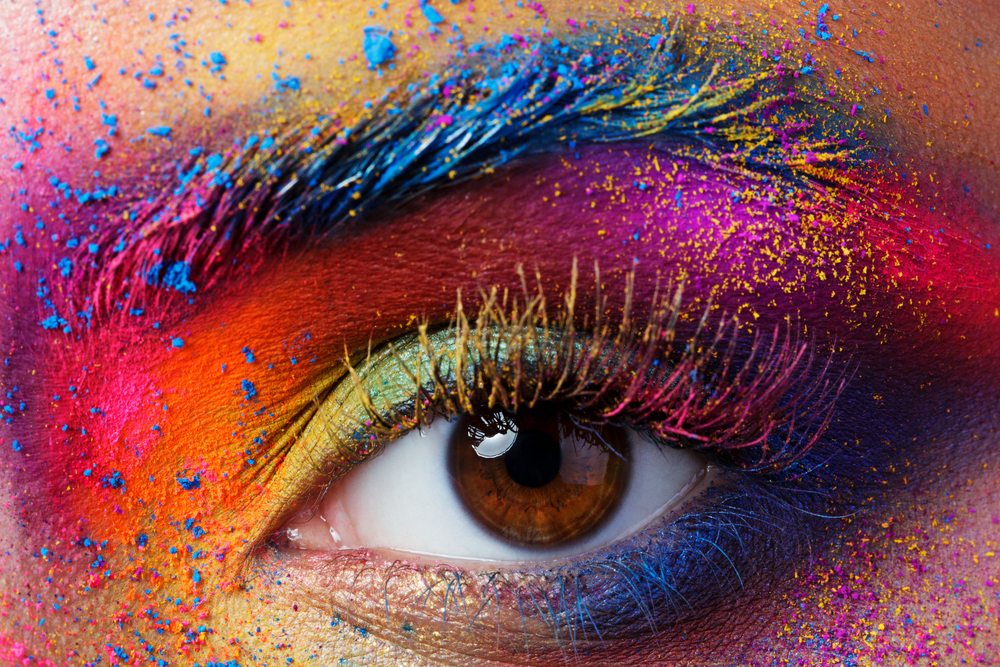
Welcome to the wonderful world of eye makeup and the importance of color theory. Whether you’re a makeup enthusiast looking to enhance your skills or a newbie just starting out, understanding color theory is essential in creating stunning eye looks. In this comprehensive article, we will delve into the basics of color theory, explore how to choose the right eye makeup colors for your skin tone and eye color, discover various techniques for applying color theory to your eye makeup, explore different eye makeup looks for different occasions, stay up to date with the latest trends and inspirations, and also provide helpful tips and tricks for flawless application. Get ready to unleash your creativity and elevate your eye makeup game with the help of stylish.ae!
Understanding Color Theory
Basics of color theory
Before we dive into the specifics, let’s explore the basics of color theory. Colors can evoke different emotions and have the power to create various moods. Understanding the color wheel and how colors interact with each other is the foundation of color theory. By familiarizing yourself with terms such as hue, saturation, and value, you will have a solid understanding of how colors work together.
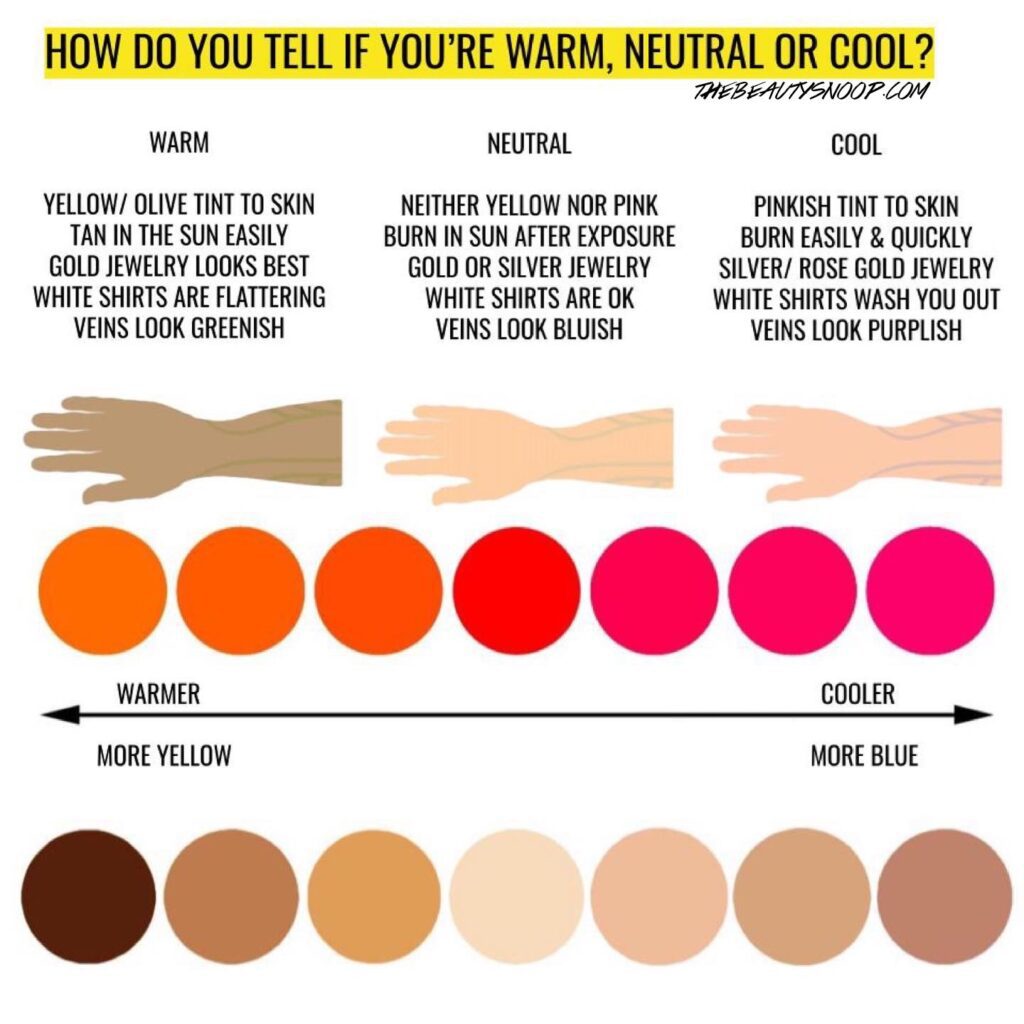
Color wheel and its significance in makeup
The color wheel is a tool that helps us visualize and organize colors in a systematic way. It consists of primary, secondary, and tertiary colors, and serves as a guide for creating eye-catching eye makeup looks. By understanding the relationships between colors on the color wheel, you can effectively choose complementary and contrasting shades to enhance your eyes.
Primary, secondary, and tertiary colors
Primary colors are the building blocks of all other colors, namely red, blue, and yellow. By mixing primary colors together, we get secondary colors, such as purple, green, and orange. Tertiary colors are created by mixing primary and secondary colors, resulting in shades like red-orange, yellow-green, and blue-violet. Knowing the distinction between these color categories will greatly assist you in selecting the right eyeshadow shades.
Warm and cool colors
Colors can be categorized as warm or cool based on their undertones. Warm colors, such as reds, oranges, and yellows, create a sense of energy and vibrancy. On the other hand, cool colors, like blues, purples, and greens, evoke a feeling of calmness and tranquility. Understanding warm and cool tones is crucial when curating an eye makeup look that complements your skin tone and overall style.

Complementary and contrasting colors
Complementary colors are pairs of colors that are directly opposite each other on the color wheel, such as red and green or blue and orange. These colors create a striking contrast when placed together, making them perfect for creating eye-catching eye makeup looks. Contrasting colors, on the other hand, are colors that are not directly opposite each other but still create a visually pleasing contrast. Experimenting with complementary and contrasting colors can help you achieve stunning eye looks that make your eyes pop.
Hue, saturation, and value
Hue refers to the specific color itself, such as red, blue, or green. Saturation refers to the intensity or vibrancy of a color, ranging from pale and muted to bold and vibrant. The value of a color refers to its lightness or darkness. Understanding hue, saturation, and value can help you create depth and dimension in your eye makeup looks, allowing you to play with different shades and finishes to achieve your desired effect.
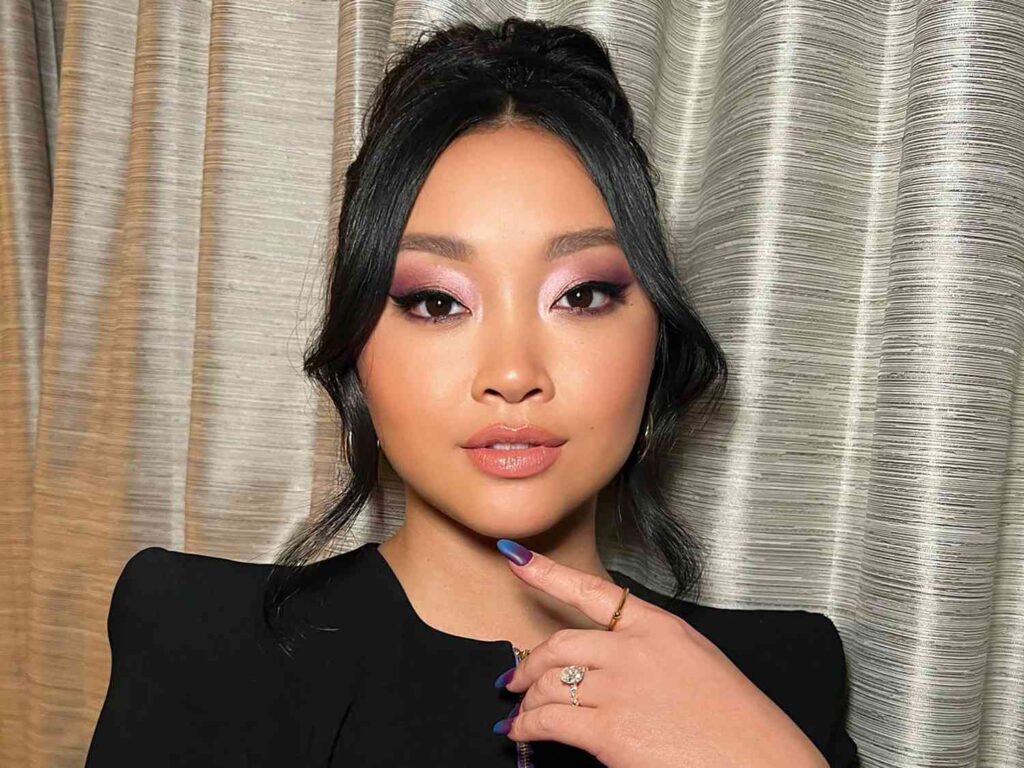
Choosing the Right Eye Makeup Colors
Assessing your skin tone
To choose the right eye makeup colors that flatter your skin tone, it’s important to understand the different undertones. Skin tones can be categorized as warm, cool, or neutral. Warm undertones have yellow or golden hues, cool undertones have pink or blue hues, while neutral undertones exhibit a balance of both warm and cool tones. By identifying your skin tone, you can select eye makeup shades that complement your complexion and enhance your features.
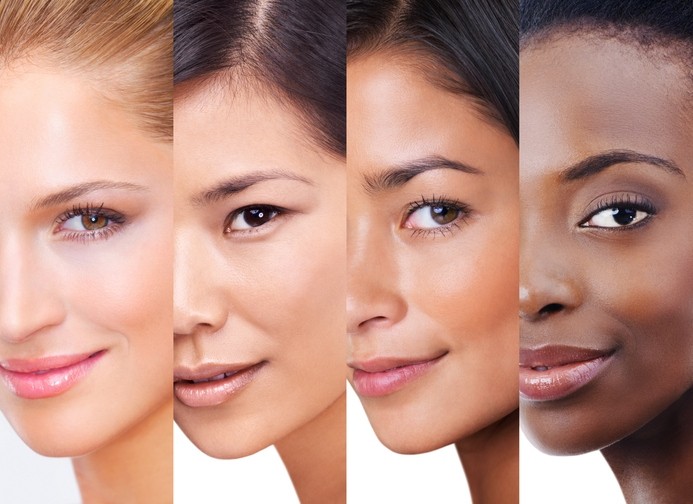
Color theories for different eye colors
Your eye color can also guide you in choosing eye makeup colors that make your eyes pop. By considering the color wheel, you can determine which shades are complementary to your eye color. For example, purple and plum shades complement green or hazel eyes, while gold and bronze shades enhance blue eyes. By understanding the color theories for different eye colors, you can create captivating eye looks that bring out the natural beauty of your eyes.
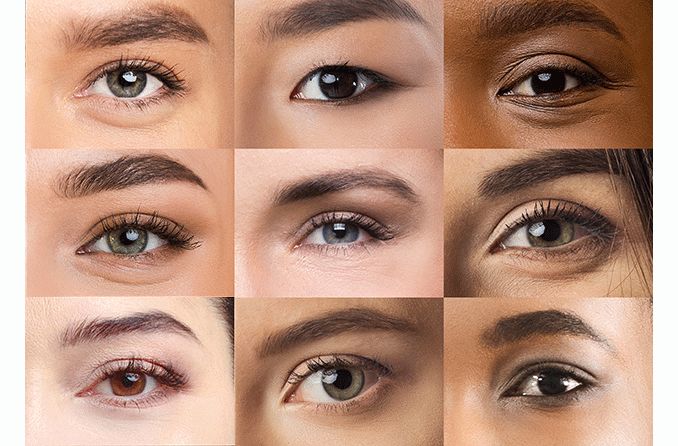
Experimenting with contrasting colors
Contrasting colors can create striking and visually appealing eye makeup looks. For instance, if you have blue eyes, earthy shades like terracotta or copper can provide a beautiful contrast. Similarly, if you have brown eyes, jewel tones like emerald green or sapphire blue can make your eyes stand out. Experimenting with contrasting colors allows you to play with vibrant and bold shades, adding a pop of color to your eye makeup.
Creating harmonious looks with complementary colors
Complementary colors can create harmonious and balanced eye makeup looks. If you have green eyes, for example, shades of purple can complement and enhance the green tones. Likewise, if you have brown eyes, shades of blue can create a beautiful contrast. By understanding how complementary colors work, you can create eye makeup looks that are visually appealing and bring out the natural depth of your eye color.
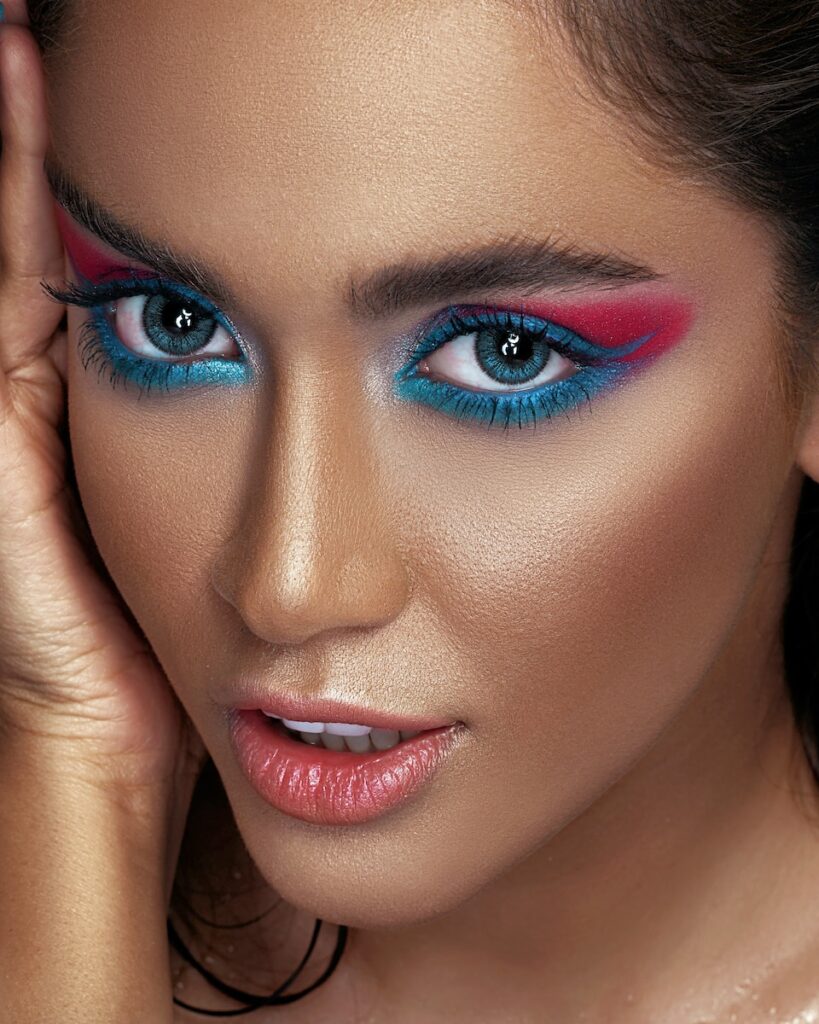
Applying Color Theory Techniques
Monochromatic eye makeup looks
Monochromatic eye makeup looks involve using different shades of the same color family to create a cohesive and harmonious look. This technique is perfect for those who prefer a subtle and sophisticated eye look. By using different intensities and finishes of a particular shade, you can create depth and dimension in your eyes without overwhelming the overall look.

Analogous eye makeup looks
Analogous eye makeup looks involve using colors that are adjacent to each other on the color wheel. This technique creates a harmonious and cohesive effect, allowing you to create eye-catching looks with ease. If you’re looking for a versatile and foolproof approach to eye makeup, experimenting with analogous colors is a great option.
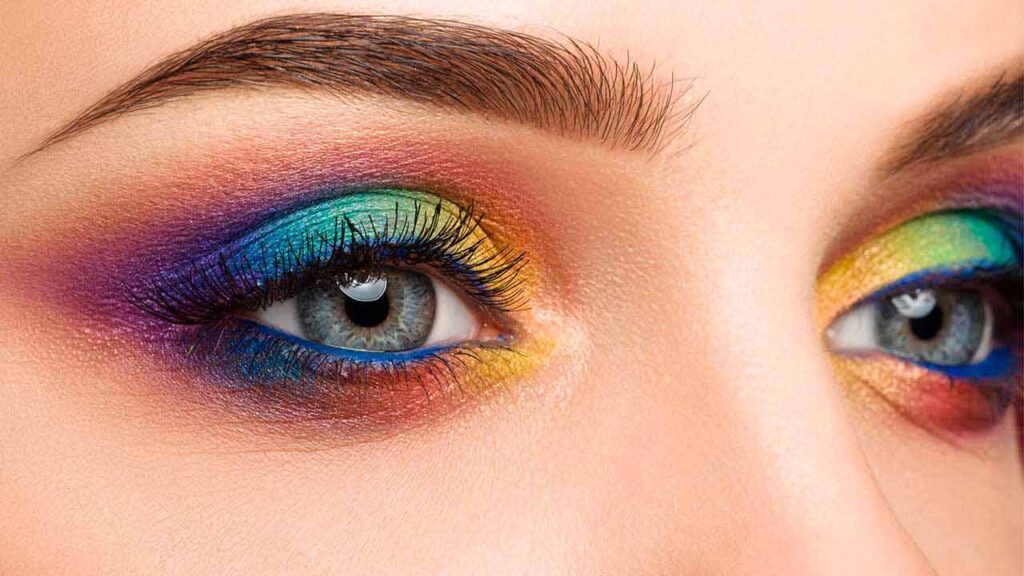
Triadic eye makeup looks
Triadic eye makeup looks involve using three colors that are evenly spaced on the color wheel. This technique creates a vibrant and dynamic effect, making your eyes the center of attention. By selecting colors that complement each other, you can create eye-catching and unique eye makeup looks that push the boundaries of traditional color combinations.
Split-complementary eye makeup looks
Split-complementary eye makeup looks involve using a base color and two colors adjacent to its complement on the color wheel. This technique allows you to create a visually balanced look while adding a pop of contrast to your eye makeup. By using this technique, you can create eye-catching and harmonious looks that highlight your eye color.
Using color gradients and ombre effects
Color gradients and ombre effects involve blending different shades together to create a seamless and gradient effect. This technique adds depth and dimension to your eye makeup, making your eyes appear larger and more vibrant. By experimenting with different color combinations and blending techniques, you can create captivating eye looks that are both soft and bold.
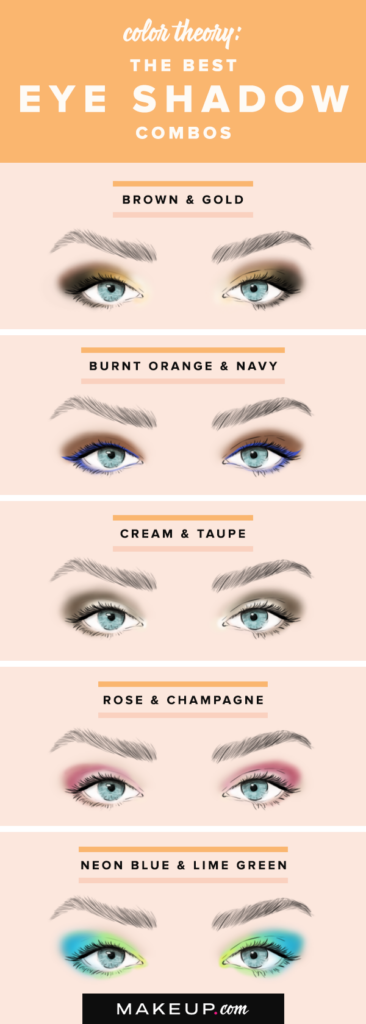
Eye Makeup for Different Occasions
Everyday eye makeup
For everyday eye makeup, it’s essential to choose colors that enhance your natural features and provide a subtle uplift. Neutral shades like browns, taupes, and soft pinks are perfect for creating a polished and effortless look. By using lighter shades on the lid and subtly defining the crease, you can create a natural yet refined eye makeup look that is suitable for any occasion.
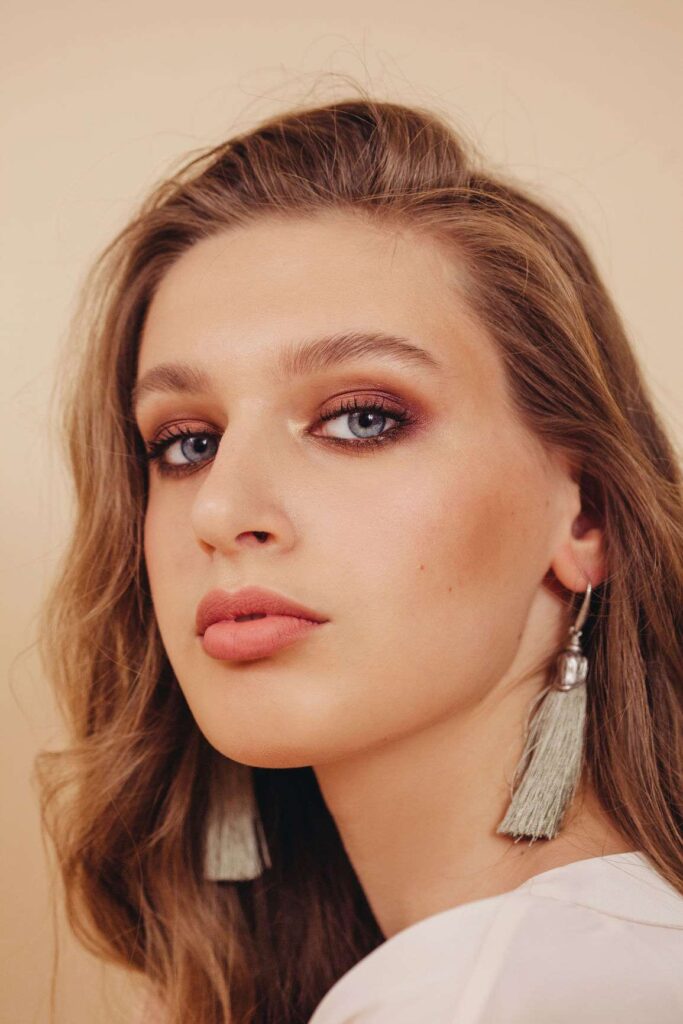
Dramatic eye makeup
When you’re looking to make a statement and create a bold and dramatic eye makeup look, vibrant and intense colors are your best friend. Experiment with deep blues, purples, or even metallic shades like gold to add drama and impact to your eyes. By using precise application techniques and defining the crease and outer corners, you can create a stunning and show-stopping eye makeup look that turns heads.
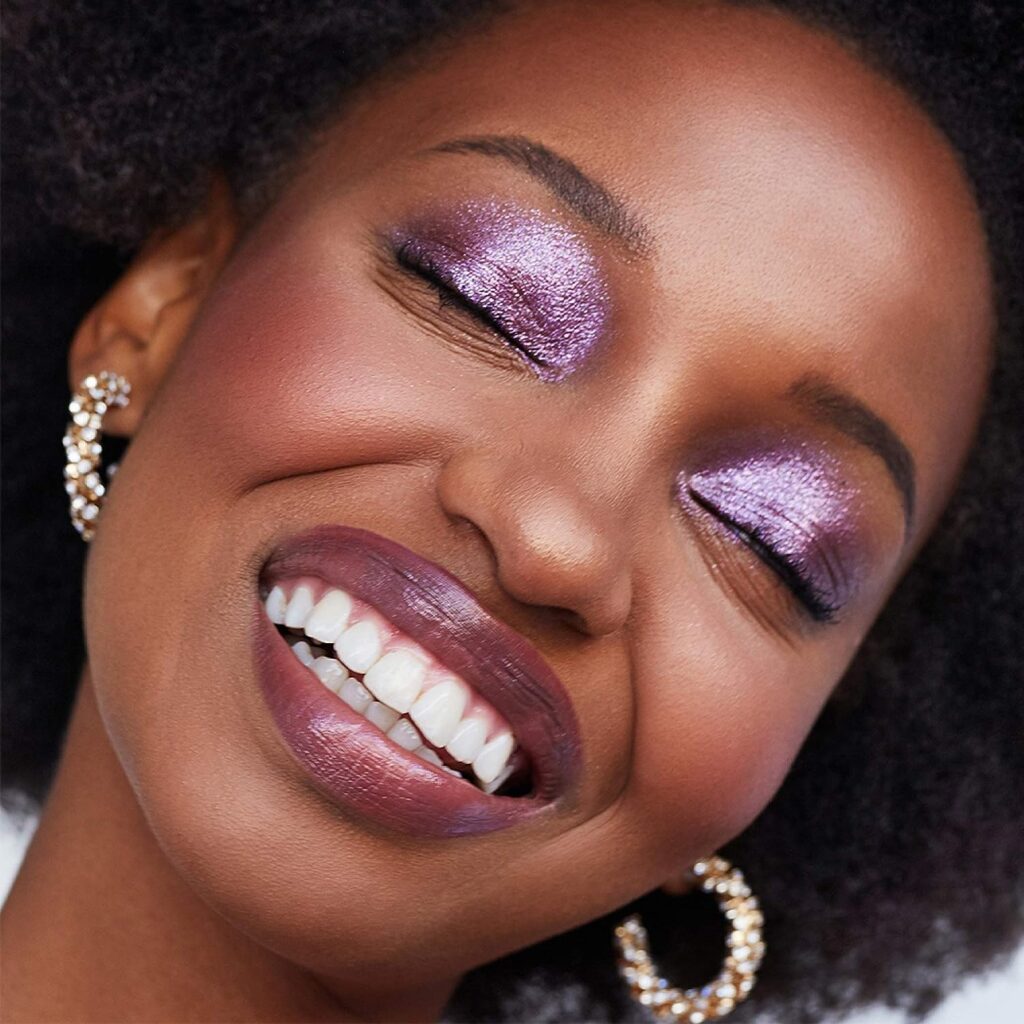
Natural and neutral eye makeup
Natural and neutral eye makeup looks are timeless and versatile, suitable for both casual and formal occasions. To achieve a natural eye makeup look, opt for shades that are close to your skin tone, like beige or taupe. By applying a light wash of color on the lid and softly defining the crease, you can create a soft and effortless eye makeup look that enhances your natural beauty.
Creative and artistic eye makeup
For those who love to push the boundaries and experiment with unique and artistic eye makeup looks, the possibilities are endless. From graphic liners to vibrant color combinations, creative eye makeup allows you to express your individuality and showcase your personality. By combining different techniques and color theories, you can create eye-catching and avant-garde eye makeup looks that are as unique as you.
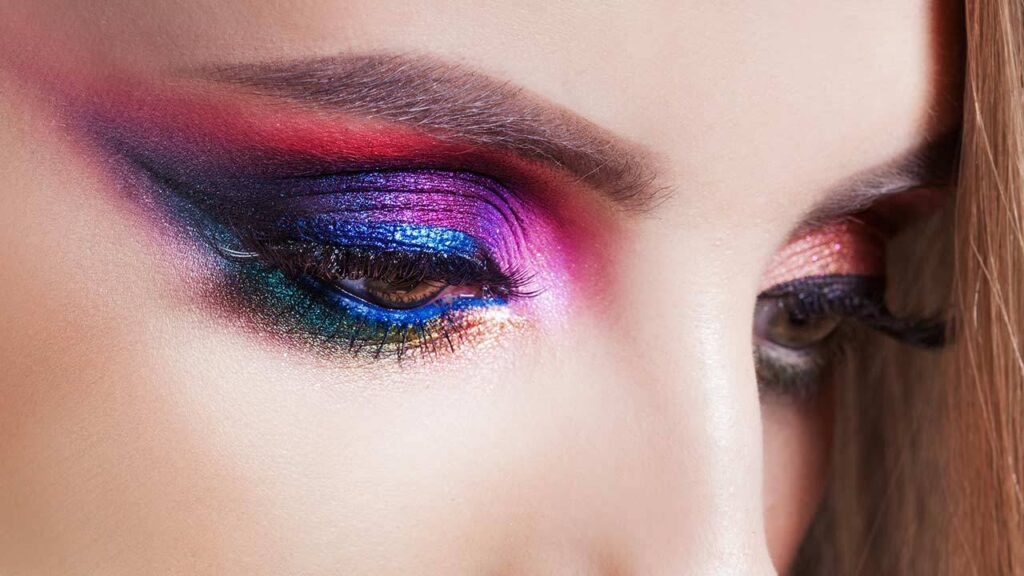
Eye Makeup Trends and Inspirations
Current trends in eye makeup
Eye makeup trends are constantly evolving, with new techniques and color combinations emerging each season. From monochrome pastels to graphic neon liners, staying up to date with current trends allows you to experiment and explore new ideas. Keep an eye on the latest runway shows, celebrity looks, and social media influencers to draw inspiration and incorporate the latest trends into your own eye makeup looks.
Iconic eye makeup looks from history
Looking back at iconic eye makeup looks from history can provide endless inspiration and pay homage to timeless beauty trends. From Audrey Hepburn’s iconic winged liner to Twiggy’s dramatic lashes, iconic looks have stood the test of time and continue to inspire makeup enthusiasts across the globe. Take a trip down memory lane and explore the beauty trends that have shaped the world of eye makeup.
Celebrity-inspired eye makeup looks
Celebrities are often the trendsetters when it comes to eye makeup looks. From red carpet events to magazine covers, celebrity-inspired eye makeup looks offer a glimpse into the glamorous world of Hollywood. Whether you’re a fan of sultry smoky eyes or bold and colorful lids, drawing inspiration from your favorite celebrities allows you to recreate their iconic looks and add your own personal touch.
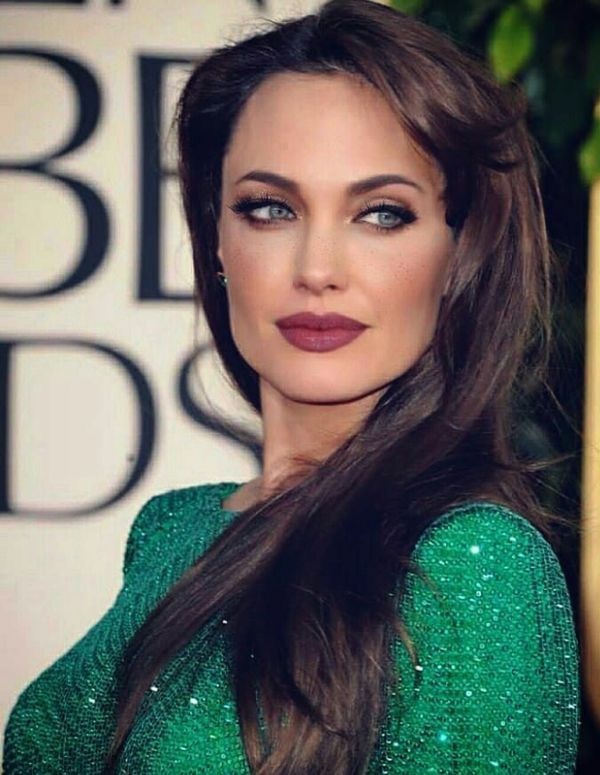
Tips and Tricks for Flawless Application
Preparing the eyelids
Before diving into any eye makeup look, it’s crucial to prepare your eyelids properly. Begin by cleansing your eyelids with a gentle cleanser to remove any oils or debris. Next, apply an eyeshadow primer to create a smooth canvas and prolong the wear of your eye makeup. Lastly, set the primer with a translucent powder to prevent creasing and ensure your eye makeup stays in place all day.
Using eyeshadow brushes and tools
Investing in high-quality eyeshadow brushes and tools is essential for achieving flawless eye makeup application. Different brush shapes, such as flat shader brushes and fluffy blending brushes, serve different purposes and allow for precise application and seamless blending. Experiment with different brush sizes and types to find the ones that work best for you and your desired eye makeup looks.
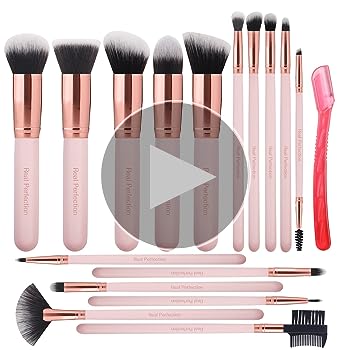
Blending techniques for seamless colors
Blending is the key to achieving seamless and professional-looking eye makeup. Begin by applying your base color all over the lid and then gently buffing it out to create a soft transition. Layer different shades gradually, using a clean blending brush to diffuse any harsh lines and create a gradient effect. Remember, patience and practice are key when it comes to blending eye shadows for a flawless finish.
Tips for enhancing eye shape with color
Colors can be used strategically to enhance and flatter your eye shape. For instance, applying a slightly darker shade to the outer corner and crease can create the illusion of a deeper-set eye. Using a light shimmer shade on the inner corner can make your eyes appear more awake and open. Experiment with different color placements and techniques to enhance your eye shape and make your eyes shine.
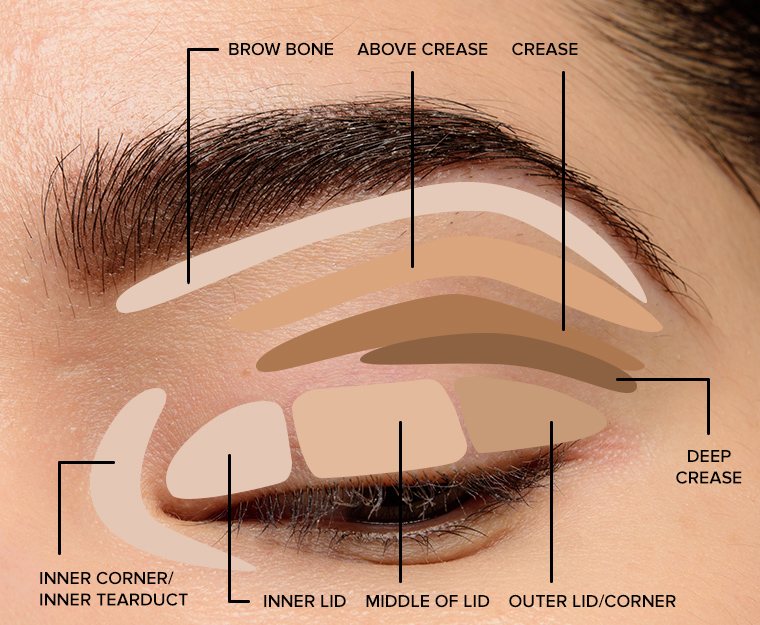
Color Theory and Eye Makeup for Specific Eye Shapes
Almond-shaped eyes
Almond-shaped eyes are considered the most versatile eye shape, as they can pull off a wide range of eye makeup looks. When it comes to color theory, almond-shaped eyes can experiment with various techniques and shades. Whether you prefer monochromatic looks, contrasting colors, or gradient effects, almond-shaped eyes provide a perfect canvas to showcase your creativity and highlight your unique features.
Hooded eyes
Hooded eyes have a small or hidden crease, requiring special attention when it comes to eye makeup. To make hooded eyes appear more lifted and defined, opt for matte shades in neutral tones. Avoid applying dark colors to the entire lid, as this can make the eyes appear even smaller. Instead, focus on creating depth in the crease and outer corners to add dimension and create the illusion of bigger eyes.
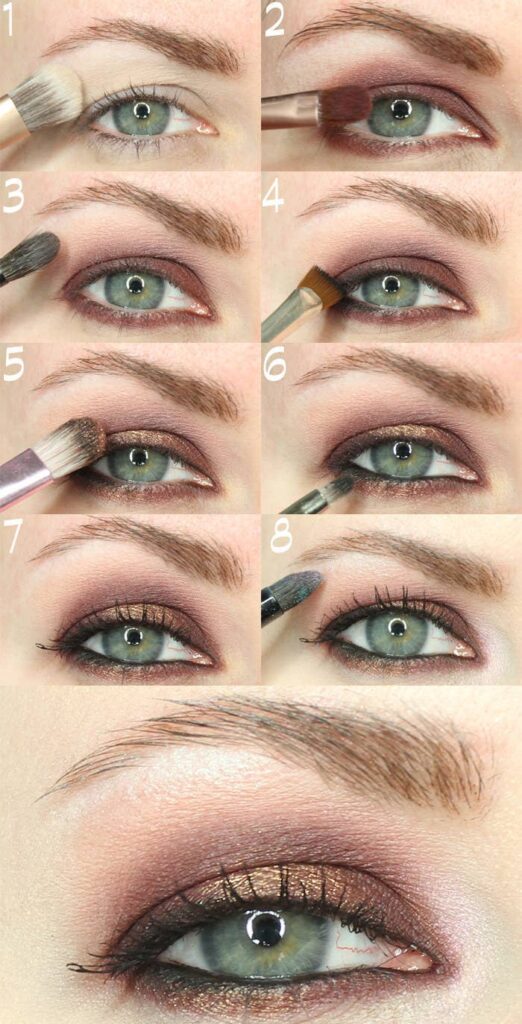
Round eyes
For round eyes, the goal is often to create the illusion of elongation. By using color theory techniques, you can achieve this desired effect. Experiment with elongating the outer corners with contrasting colors or creating a winged liner for added drama. Shades that are slightly darker or deeper in value can help create depth and make the eyes appear more elongated.
Monolid eyes
Monolid eyes lack a visible crease, requiring tailored eye makeup techniques to enhance and define the eye shape. Color theory can play a key role in creating dimension and depth in monolid eyes. Consider using contrasting or complementary colors to add depth to the lid and create the illusion of a crease. Additionally, using shimmer or metallic shades on the center of the lid can make the eyes appear more dimensional and vibrant.

Close-set and wide-set eyes
For close-set eyes, the goal is to create the illusion of more space between the eyes. To achieve this, consider using light and shimmer shades on the inner corners to open up the eyes. By focusing darker shades on the outer corners and extending them slightly outward, you can create the illusion of wider-set eyes. Conversely, for wide-set eyes, concentrate darker shades on the inner corners to visually bring the eyes closer together.
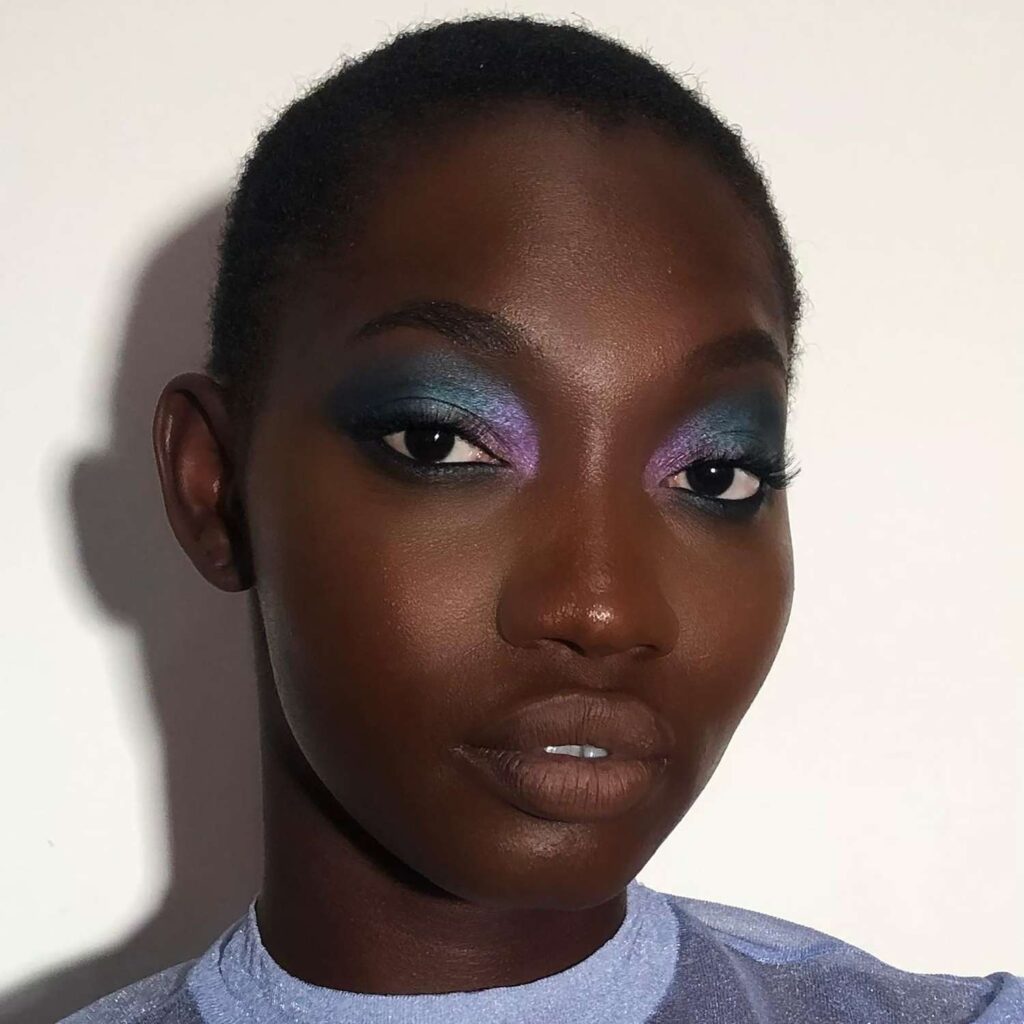
Exploring Color Theory with Different Eye Makeup Products
Eyeshadow palettes
Eyeshadow palettes provide a plethora of options for exploring color theory in eye makeup. From neutral palettes to vibrant and colorful ones, the choices are endless. Look for palettes that offer a variety of finishes, including matte, shimmer, and metallic, to experiment with different textures and create unique eye looks. Having a well-rounded eyeshadow palette allows for endless creativity and ensures you have the right shades for any occasion.
Eyeliners and eye pencils
Eyeliners and eye pencils are versatile tools that can complement your eye makeup looks and bring out your eye color. Opt for black or brown eyeliners for a classic and defined look, or experiment with colored eyeliners to add a pop of color and make a bold statement. Whether you prefer a thin and precise line or a winged liner, eyeliners and eye pencils can help define and enhance your eyes.
Mascara
Mascara is a staple in any eye makeup routine, providing a finishing touch to your eye look. From lengthening to volumizing, there are different mascara formulations to suit your desired effect. Black mascara offers a classic and timeless look, while colored mascara can add a fun and playful twist to your eye makeup. Experiment with different mascara formulas and brushes to find the one that works best for your lashes and desired style.
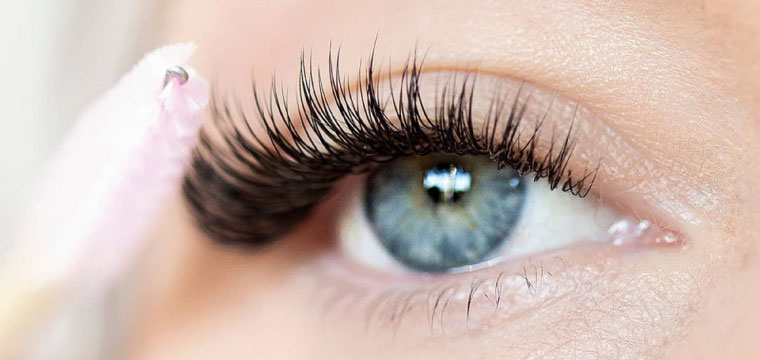
Colored contacts
Colored contacts can be a fun and transformative way to enhance your eye makeup looks. Whether you want to experiment with a different eye color or enhance your natural eye color, colored contacts offer endless possibilities. From subtle enhancements to bold and vibrant colors, colored contacts can completely change the dynamic of your eye makeup. It’s important to consult with an eye care professional to ensure proper fitting and care for colored contacts.
Final Thoughts and Recommendations
Embracing your personal style
When it comes to eye makeup and color theory, it’s important to embrace your personal style and preferences. While color theory provides a framework for creating visually pleasing eye makeup looks, it’s essential to experiment and find what works best for you. Don’t be afraid to step out of your comfort zone and try new color combinations or techniques. After all, the beauty of makeup lies in its ability to express individuality and creativity.
Experimenting with new color combinations
Color theory is all about exploring new color combinations and pushing the boundaries of traditional makeup looks. Don’t be afraid to mix and match different shades, textures, and finishes to create unique and captivating eye makeup looks. By experimenting with new color combinations, you may stumble upon unexpected and stunning results that elevate your eye makeup game to new heights.
The impact of eye makeup on overall makeup look
Never underestimate the impact of eye makeup on your overall makeup look. The eyes are often referred to as the windows to the soul, and by using color theory and different techniques, you can enhance and accentuate your eyes to truly make a statement. Eye makeup has the power to transform your entire look, allowing you to express your personality and make a lasting impression.
In conclusion, exploring color theory in eye makeup opens up a world of possibilities for creating stunning and captivating looks. By understanding the basics of color theory, choosing the right eye makeup colors, and applying various techniques, you can unleash your creativity and elevate your eye makeup game to new heights. Remember to embrace your personal style, experiment with different color combinations, and cherish the impact that eye makeup has on your overall look. With the help of stylish.ae and their expert advice, you’re ready to embark on an exciting journey of color theory and eye makeup.
Lipstick color theory: The Science Behind Choosing the Right Shade(Opens in a new browser tab)
The Tints Of Tattoos: Understanding Color And Pigments(Opens in a new browser tab)
Eyes That Pop: Creating Contrasts For Maximum Impact(Opens in a new browser tab)

